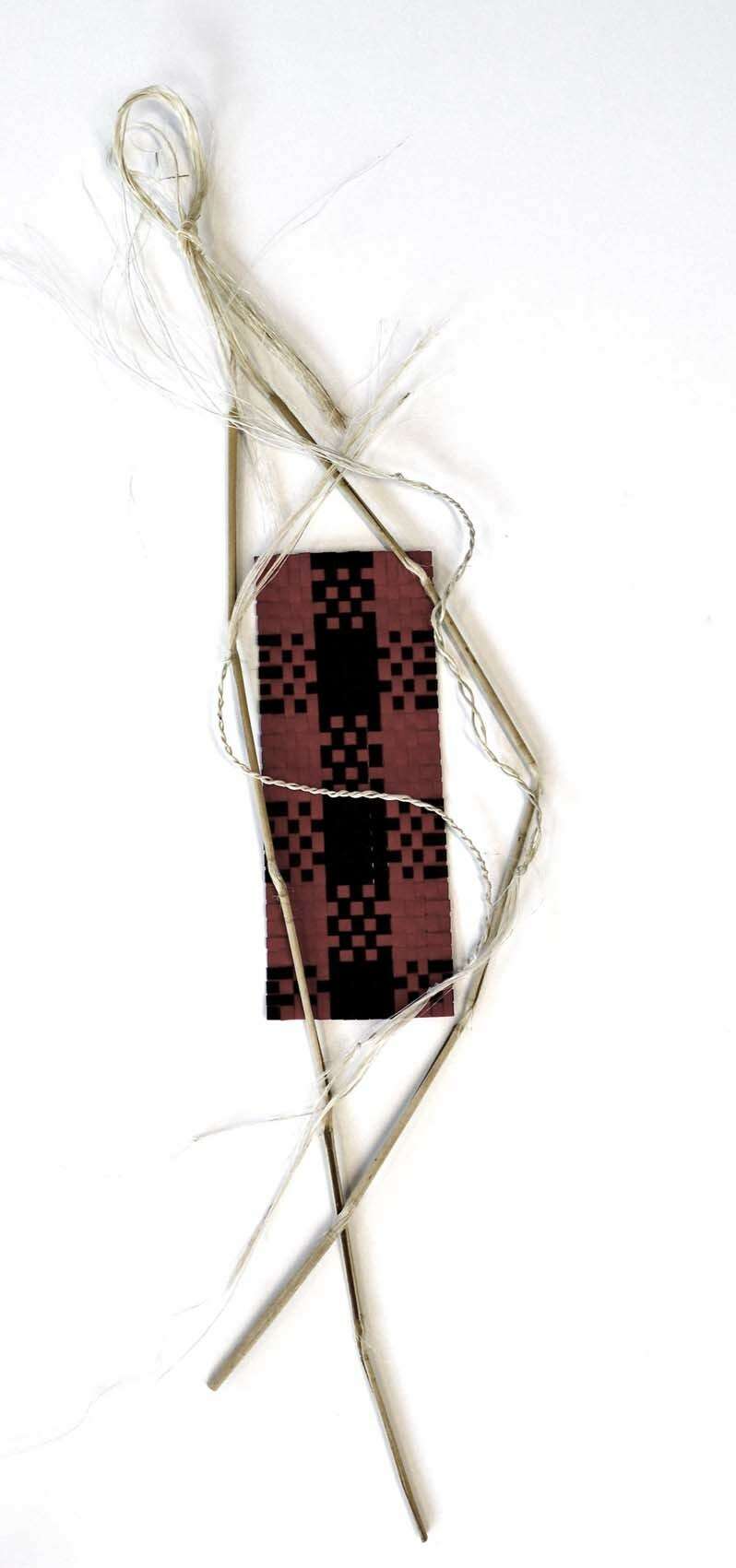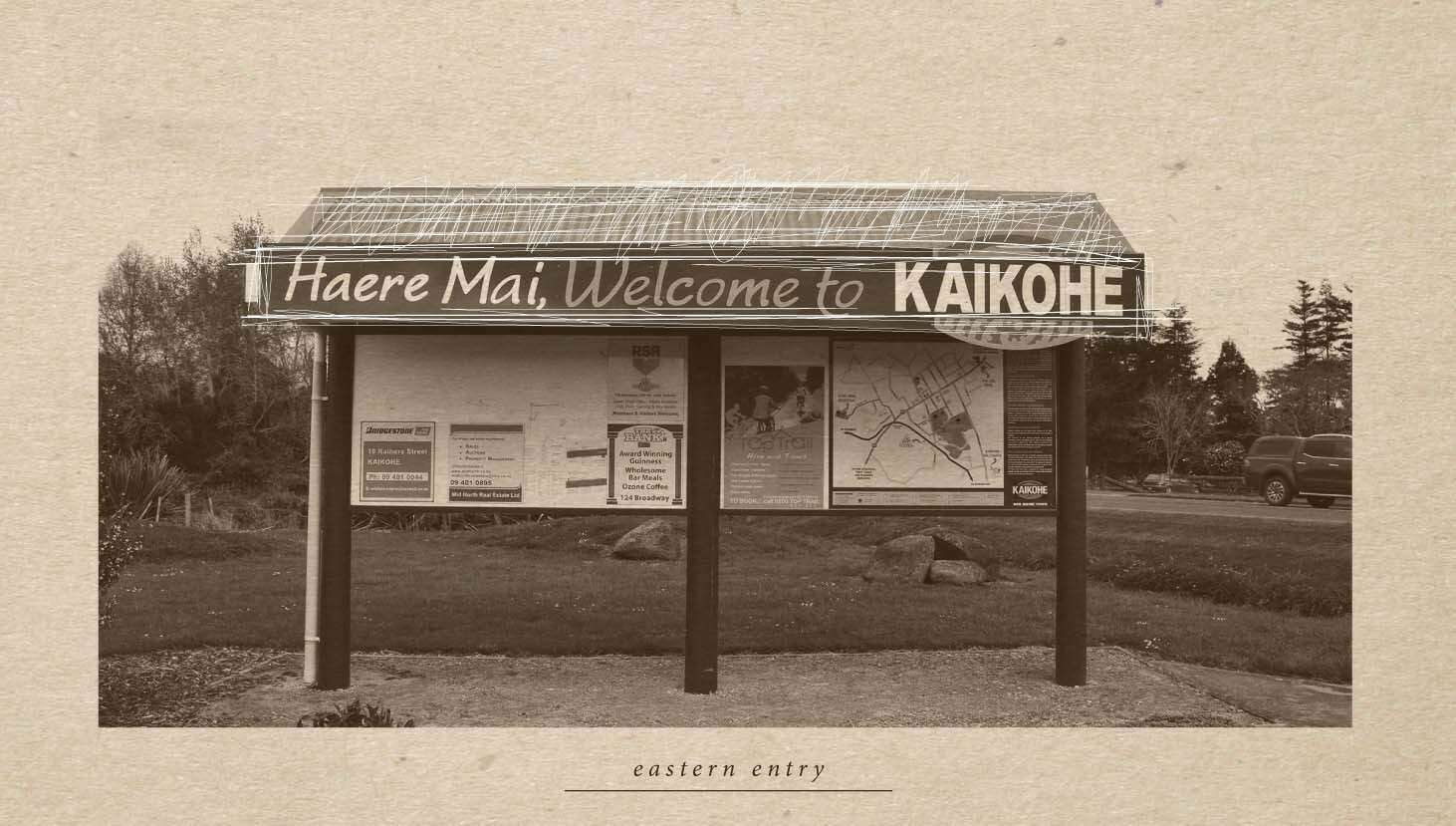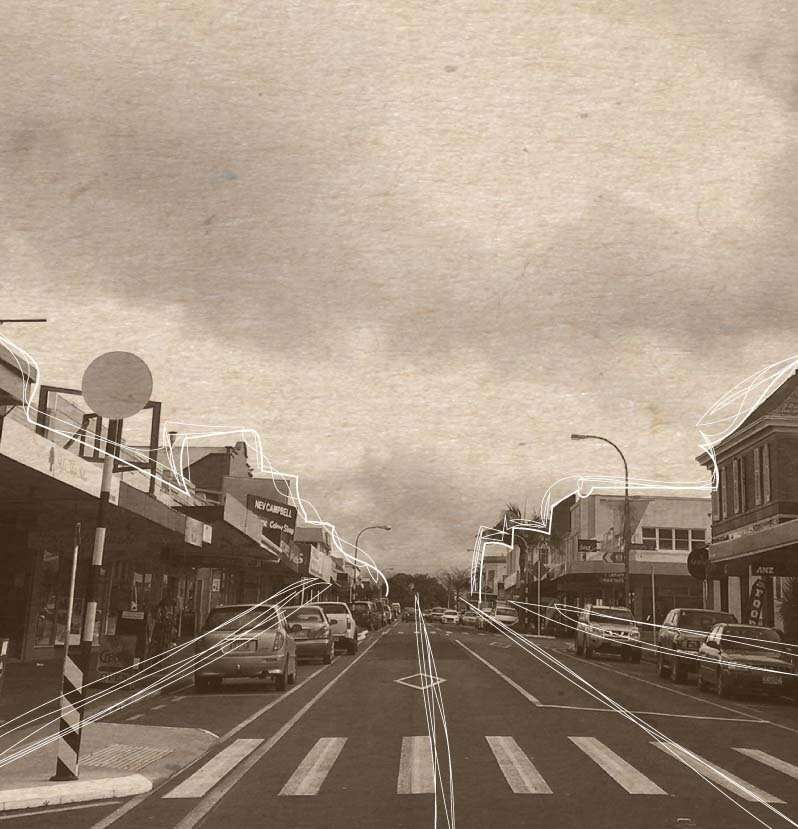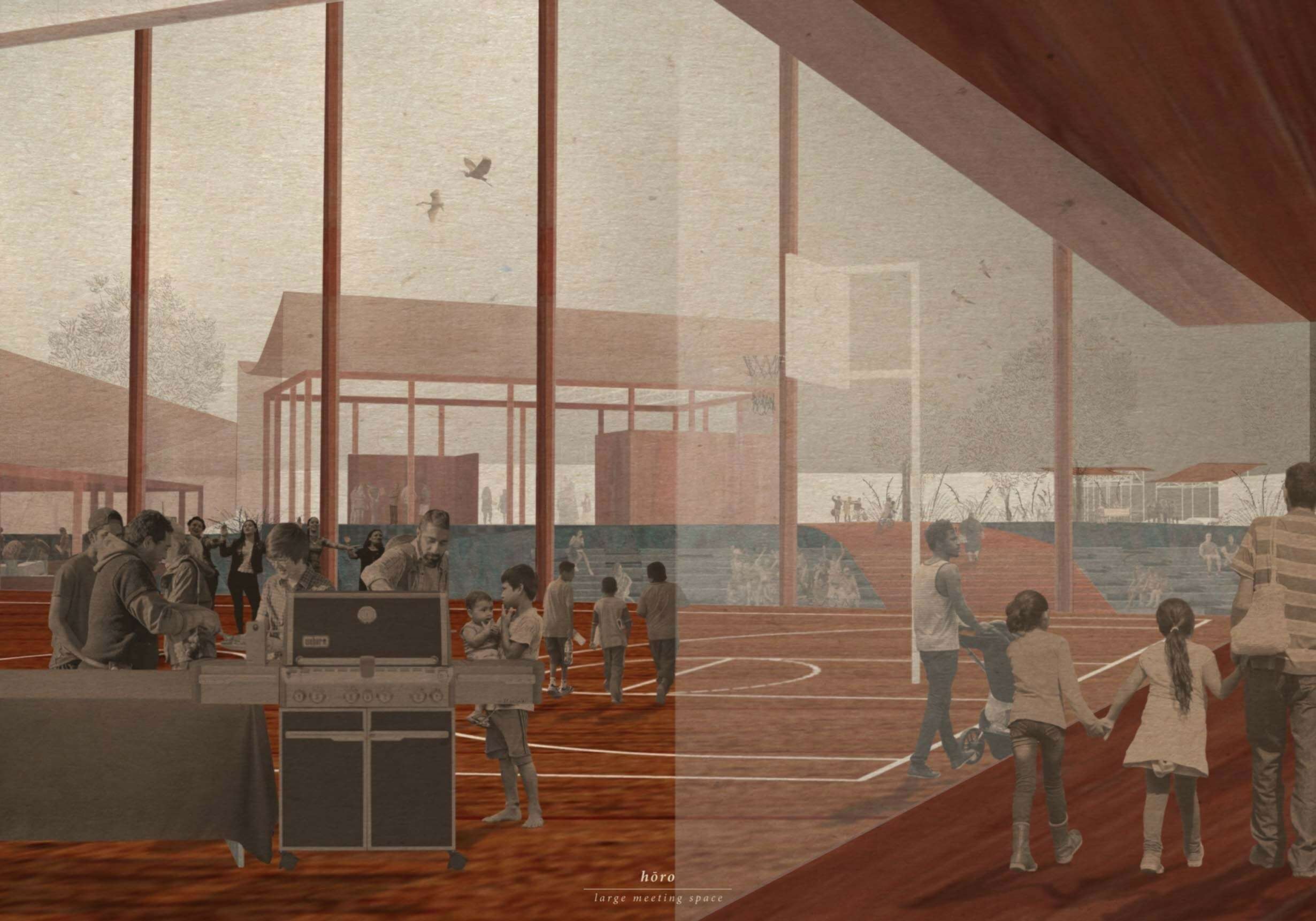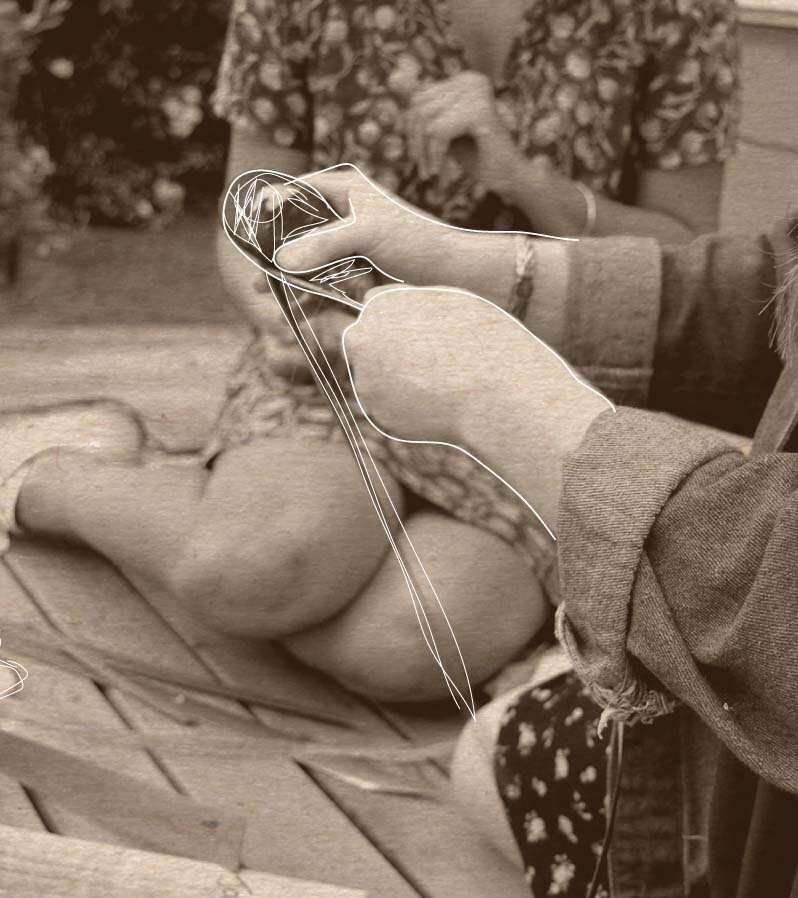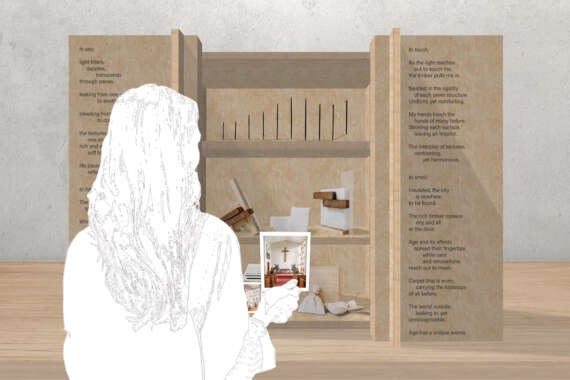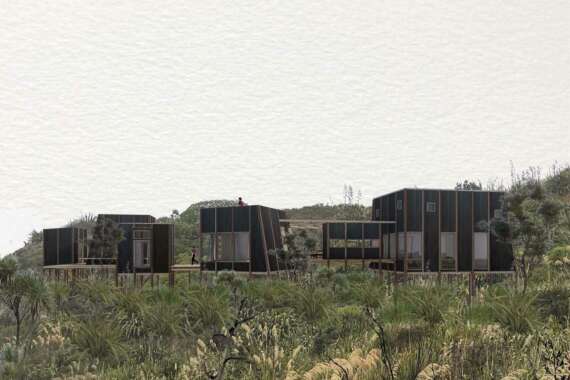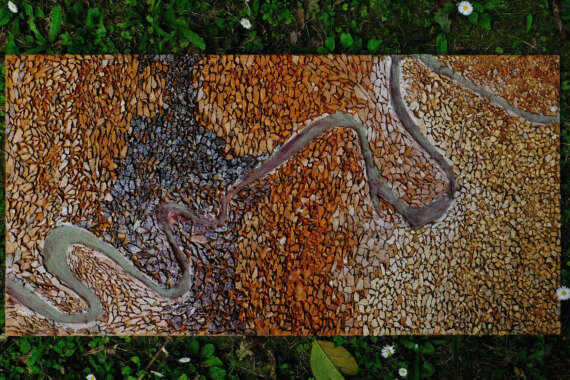For Kaikohe
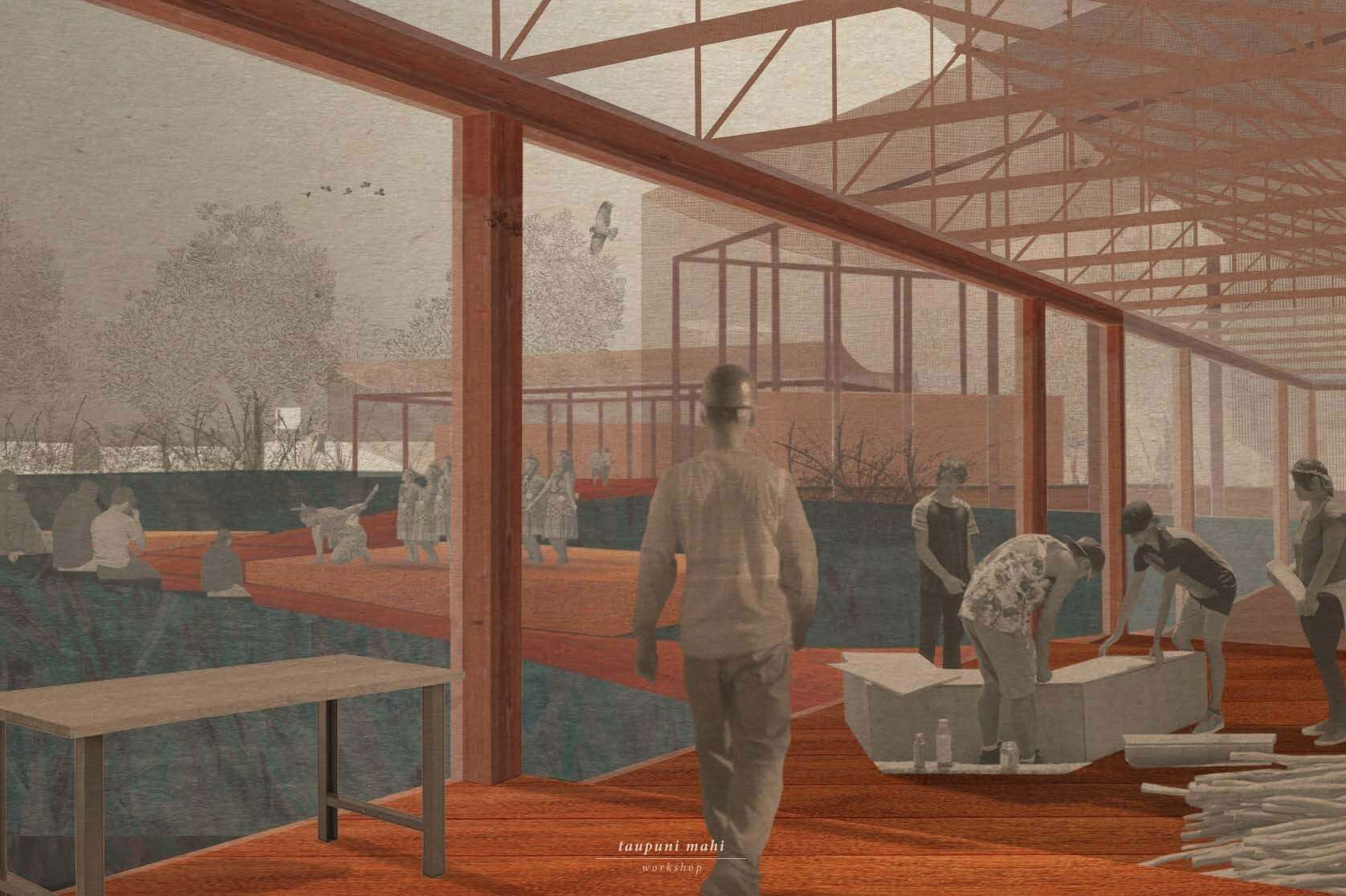
Kaikohe, a small town of the Ngāpuhi iwi, located in the Northland region, has suffered the destructive effects of crime through the establishment of Ngawha Prison, struggling local businesses, unemployment, exacerbated gang activity, and youth delinquency. Despite these trying situations, an overwhelming and undoubtable sense of pride in their town and whānau flows from Kaikohe’s people. A yearning to learn Kaikohe’s story and to contribute to its optimistic future is the motivation for this thesis.








